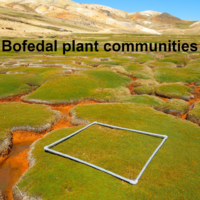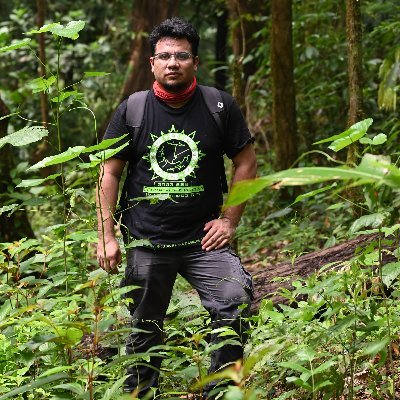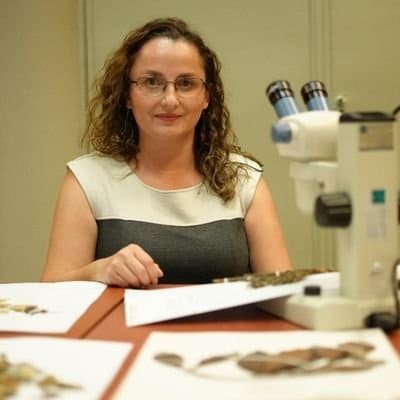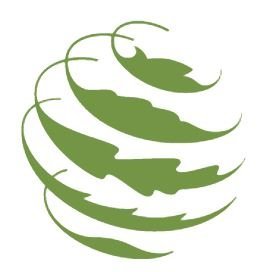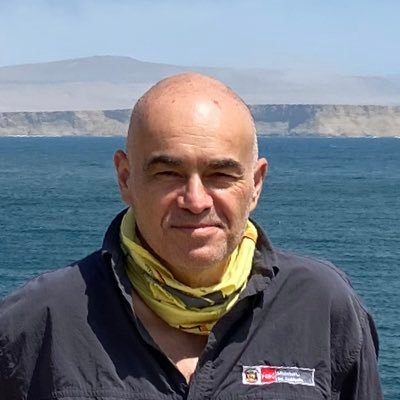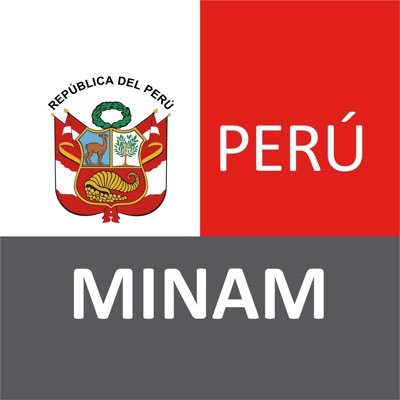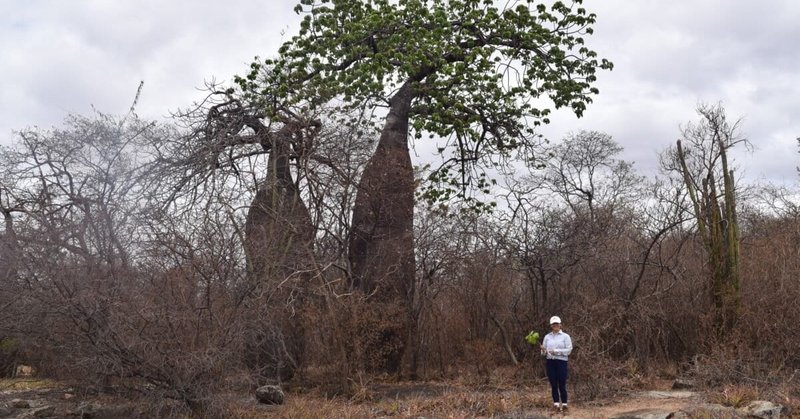
Reynaldo
@R_LinaresP
Followers
954
Following
8K
Media
178
Statuses
2K
Not tweeting anymore, now on Bluesky @rlinares.bsky.social
Lima, Peru
Joined March 2017
1/4 🚨New paper🚨 How do we assess successful trajectories of #ecological #restoration in the #Peruvian #Andes? In our latest study, we developed an index that combines #science and long-term #data to measure #vegetation #recovery in #Andean #grasslands
#Peru_BMAP #Biodiversity
1
5
14
🦛 It's World Hippo Day! Hippos are more than just iconic river giants--they play a crucial role in wetland ecosystems. But did you know hippos are considered vulnerable to extinction by the International Union for Conservation of Nature? That's why Smithsonian researchers from
4
36
205
4/4 🤝 Gracias a alianzas con Smithsonian's National Zoo and Conservation Biology Institute, PERU LNG S.R.L. y APECO, seguimos protegiendo estos #ecosistemas vitales. #Peru_BMAP #Humedales #Bofedales #Conservación #CienciaEnAcción #MonitoreodelaBiodiversidad
0
0
1
3/4 📖 Su trabajo quedó plasmado en el último artículo "Plant communities of high-Andean #bofedal #wetlands across a trans-Andean transect in southern #Peru". https://t.co/rmM4r853z8
#Peru_BMAP #Humedales #Bofedales #Conservación #CienciaEnAcción #MonitoreodelaBiodiversidad
vcs.pensoft.net
Aims: Ecosystems of the Tropical Andes include plant communities above 4,000 m in elevation, associated with wetlands known as bofedales. To enhance our understanding of them, we surveyed bofedal...
1
0
2
2/4 🔬 Durante 14+ años, #científicos del CCS han desarrollado metodologías, analizado datos y brindado recomendaciones para su #restauración. #Peru_BMAP #Humedales #Bofedales #Conservación #CienciaEnAcción #MonitoreodelaBiodiversidad
1
0
0
1/4 🌿💧 #DíaMundialDeLosHumedales🏔️ A más de 4,000 metros de elevación, estos #ecosistemas sobreviven a condiciones extremas, regulando el #agua en la región. #Peru_BMAP #Humedales #Bofedales #Conservación #CienciaEnAcción #MonitoreodelaBiodiversidad
1
1
9
Just published: A newly discovered species of #Piper with lizard-skin-like leaves has been published in the #KewBulletin! Endemic to southern #Mexico, its unique peltate and bullate leaves set it apart from any other species. 🌿#Botany
https://t.co/fw8LoaPU39
0
10
66
Excited to share our latest publication on Phaedranassa cinerea! This endemic species from Ecuador's Andes shows low genetic diversity & recent population divergence. Learn why it should be listed as endangered & how we can protect it. https://t.co/sf1Fl0OCGb
3
15
48
Very happy that our #bofedales paper in @VCSjournal has been selected as Editor's choice for the final 2024 quarter. 🥂🙌 @monicasofia_27 @bioheq
#Peru_BMAP #Biodiversity #monitoring
🗨️"These #bofedal communities occurring at elevations of 4,200 to 4,800 m in the #Andes are very peculiar #plant communities if compared to other #wetlands globally," - our Editors-in-Chief about the Q4 2024 Editors' Choice paper. ℹ️More: https://t.co/oaSwLcYcql.
#vegetation
2
1
7
Hola. Comparto comunicado suscrito por varios ex funcionarios de diferentes sectores ante el intento de @MINPRODUCCION de debilitar la normatividad que regula las actividades pesqueras dentro de áreas protegidas. Por favor difundir.
1
177
185
Cool! #Phylogenomics and a new classification of the #tropical genus #Heliconia L. (Monocots, Zingiberales, Heliconiaceae). https://t.co/iow4O9Fdo2
phytokeys.pensoft.net
Members of the genus Heliconia L. (Heliconiaceae) have evolved complex interactions with both insect herbivores and hummingbird pollinators in tropical forests and secondary growth where they are...
0
0
0
¡BMAP lanza su nueva página web! 🌿🌊 Descubre nuestras #investigaciones, #publicaciones y proyectos destacados en un espacio renovado y fácil de navegar. Visítanos en https://t.co/6gUbLixBJ0 y conoce cómo la #ciencia contribuye a la #conservación. #Peru_BMAP #Biodiversidad
0
6
8
Documento importante para todos los que trabajamos en #bofedales, y toda la información #geoespacial esta también disponible!
🔵 #RepositorioINAIGEM | Hoy les compartimos la 2da edición del Inventario Nacional de Bofedales del Perú. Este documento proporciona información a nivel distrital, provincial y departamental. 🚨 ¡Descárgalo: https://t.co/J0cS6Wonc6 y COMPÁRTELO!
0
0
0
Interesante entrevista con Susana Magallón: porqué es importante estudiar la #evolución de las #flores? https://t.co/cZCuJ4CaMp
es.mongabay.com
Si la bióloga Susana Magallón Puebla pudiera decirle algo a su yo de 1999 sería: “Ten fe, no te des por vencida, no te desesperes”. En esos años, Magallón empezaba a investigar los complejos procesos...
0
0
0
Nice new #Malesherbia species from the #fog #oases in the pre-Andean desertic slopes of #Arequipa, southern #Peru. Addressing the #Linnean and #Wallacean #shortfalls! https://t.co/rarkgV1siF
0
0
1
I wonder if there are differences between global north vs south countries, especially re fieldwork in the tropics. Ecology students and ecologist in the global south have still good access to field sites, despite politics and socioeconomic instability 🤔 https://t.co/WMPdu4t095
0
0
4
4/4 As always, it has been a pleassure to work on this with great colleagues. This paper is the result of great teamwork, and was led by @Shupsil with critical input by @bioheq, thanks to both! #Peru_BMAP #Biodiversity #Monitoring #Grasslands
0
0
1
3/4 Key findings: Positive #recovery trends. An adaptable tool for different #scales and ecological contexts. This highlights the importance of combining continuous #monitoring with robust analyses to restore key #ecosystems in the #Andes. Full text: https://t.co/y7YBjJew7L
1
0
0
2/4 A key component of our approach is using a dynamic control mean, continuously updated to reflect the most recent #reference conditions. This ensures that the index is sensitive to both #temporal and #spatial changes. #Peru_BMAP #Biodiversity #Monitoring #Grasslands
1
0
0
Working in #Andean #ecosystems studying #plant communities? Then this latest review of the genus #Werneria is a must read as it updates it's complicated #taxonomy. @Shupsil @monicasofia_27 @bioheq
https://t.co/lfneNfPMcp
onlinelibrary.wiley.com
The genus Werneria was first described from six species found in the northern Andes in 1818 by Karl S. Kunth. By 1970 the number of species increased to around 50. Werneria is mostly distributed in...
0
2
10

